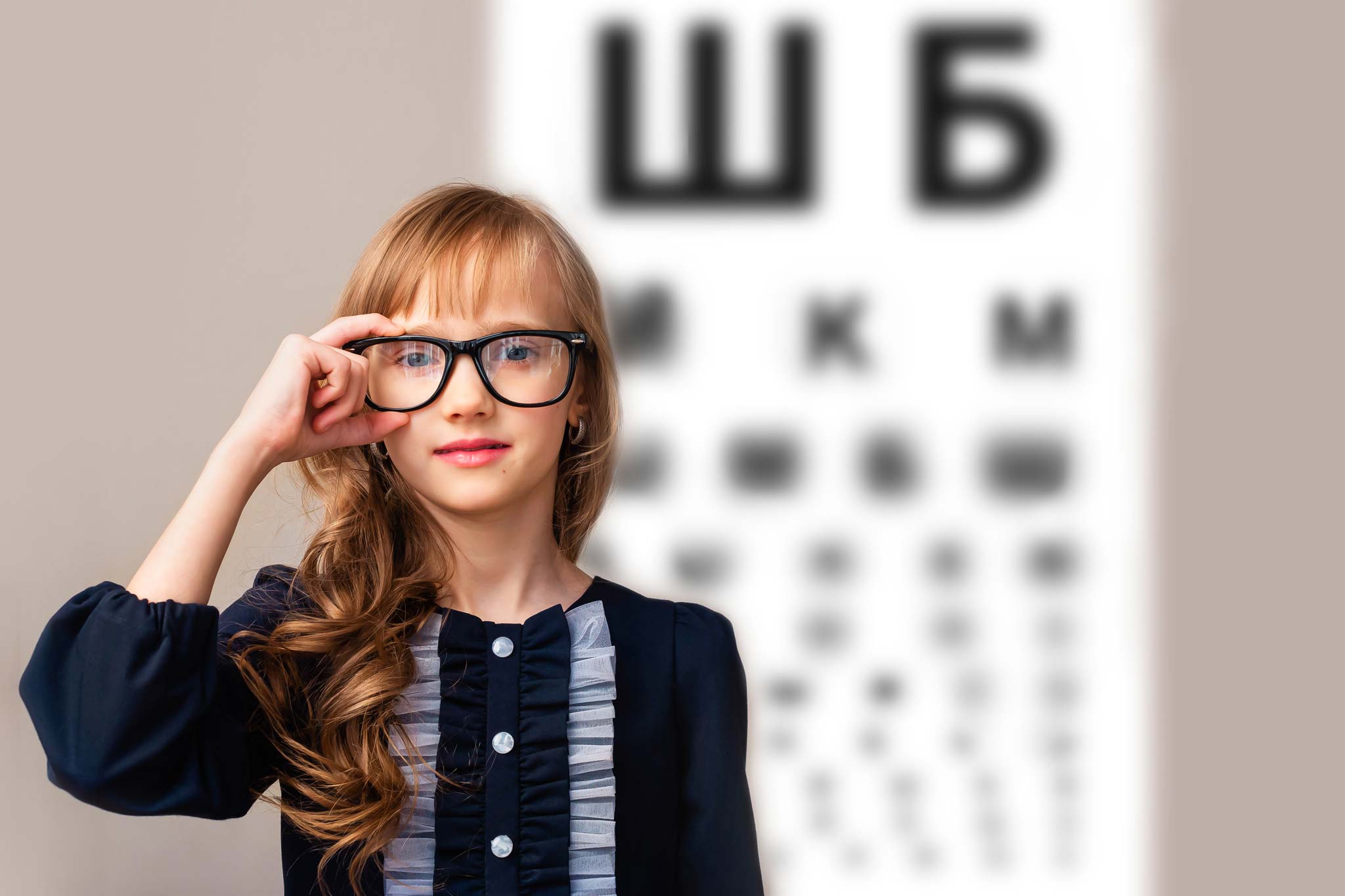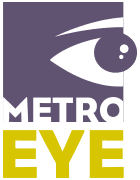
Every region of the world has shown alarming increases in the prevalence of myopia, also known as nearsightedness, over recent decades. Many experts have written that the global myopia crisis is now a Myopia Epidemic.
According to a study published in JAMA Ophthalmology, the prevalence of myopia in the US was 25% in 1971, increased to over 40% in 2004 and is expected to further increase to over 50% of Americans being nearsighted by the year 2050.
Children with myopic parents are several times more likely to develop myopia at a young age. Although genetics do play a significant role in development, the rapid increase in myopia prevalence in recent years suggests that lifestyle and environmental factors also play a significant role. Research shows that lack of outdoor activity and excessive near-activities contribute to its onset and rate of progression.
The impact of the Myopia Epidemic on children is significant. Myopia in school aged children leads to difficulties in seeing across a classroom or playground, which can affect their ability to learn and participate in sports. It can also lead to eye strain, headaches, and fatigue, which can impact their overall well-being.
Unlike in the past, it is no longer inevitable that a child becomes progressively more myopic. There are now various treatment strategies and methods known as Myopia Management available to prevent myopia progression.
It’s important to note that Myopia Management is not a cure for myopia, but rather a way to slow down its progression and reduce the associated risks of developing serious eye diseases later in life. Early detection of myopia through yearly comprehensive vision and eye health exams with an Optometrist trained in Myopia Management will allow for the appropriate corrective measures to be put in place to protect your child in the years to come.
Dr. Amanda Kopczyk has trained extensively in Myopia Management and welcomes the opportunity to speak with you about the best management strategies for your child during a Myopia Management Evaluation.
In next month’s blog Dr. Kopczyk will outline the most effective treatment strategies to manage myopia.
Written by:
Dr. Amy Jankowski,
Optometrist
Diplomate, American Board of Optometry

